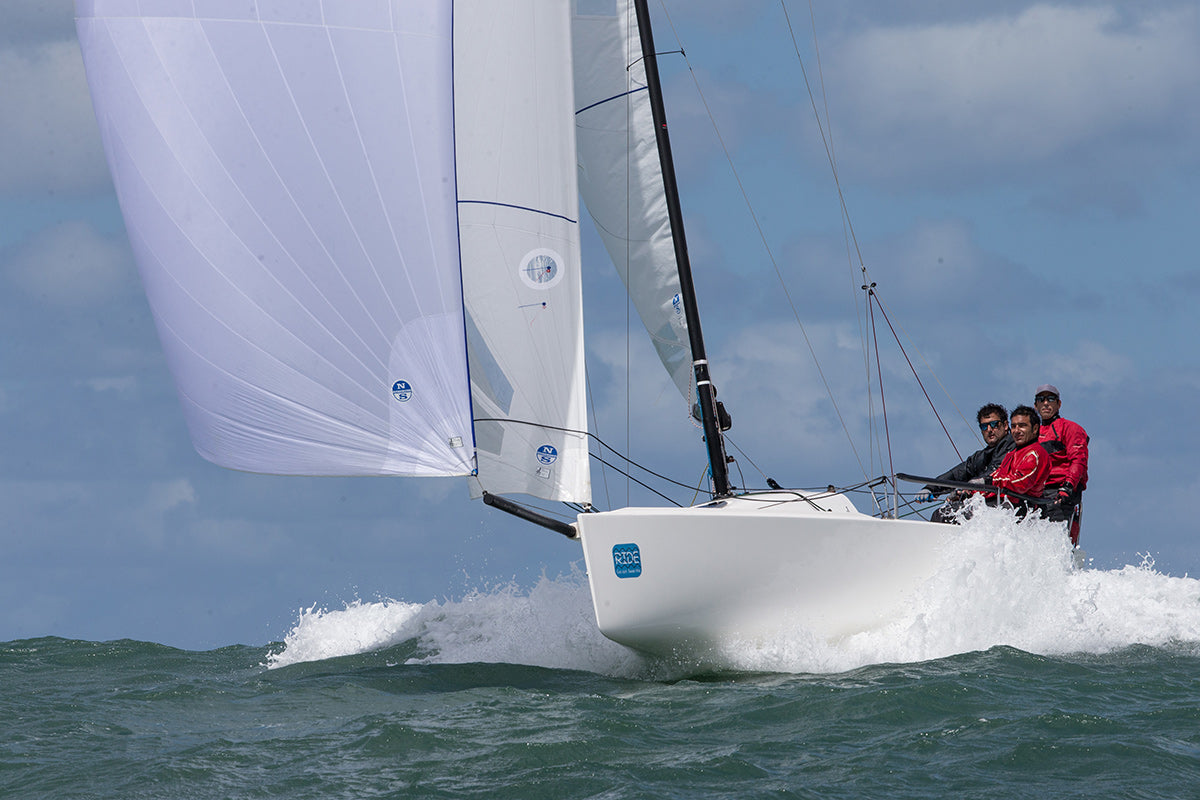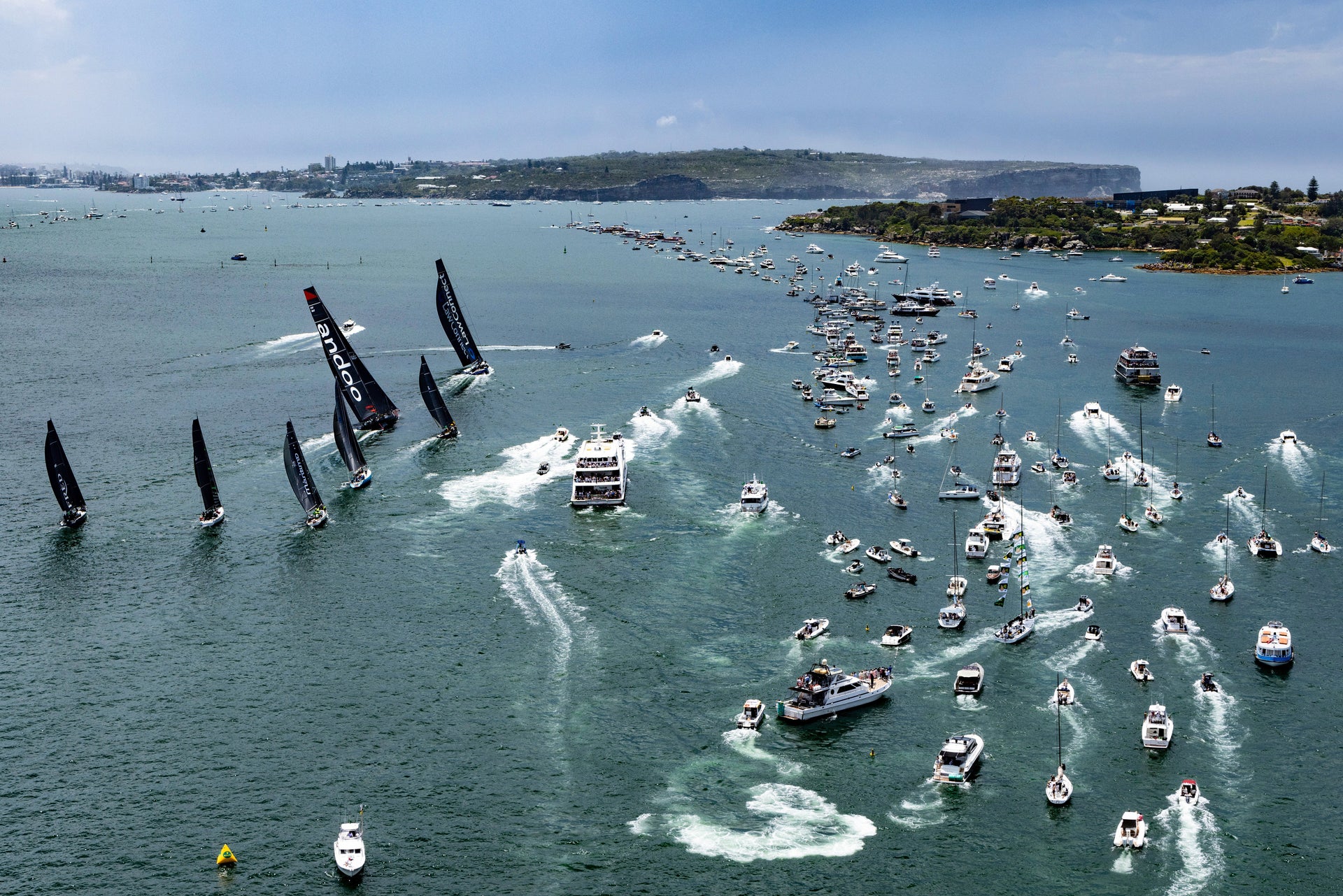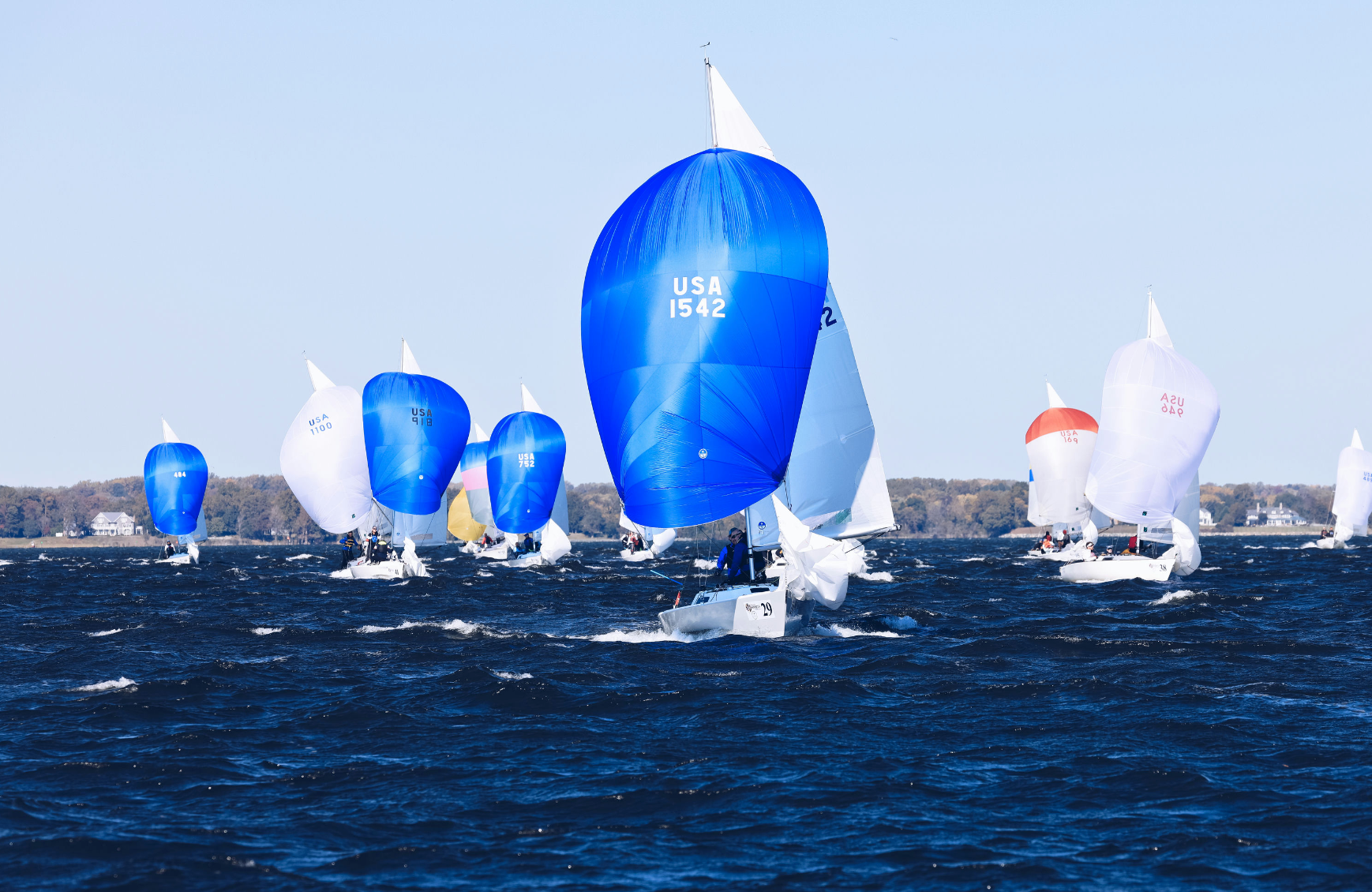J/70 SOUTH AMERICAN UPDATE
J/70 SOUTH AMERICAN UPDATE
Fastest Growing One Design Class in South America

Just after North Sails swept the podium at the J/70 Chilean Nationals at the end of 2019, we sat down with Torkel Borgstrom to talk about class growth across the continent. He says the J/70 is growing in a very similar way to how the J/24 grew, thirty-plus years ago. With boats built in Buenos Aires, “It is becoming one of the most important and competitive classes in South America. And most of the sailors here use North Sails, including the top ones, because they perceive that it’s an advantage in terms of performance.” The first South American country to build a fleet was Chile, about seven years ago. “Right now there are probably 30-35 boats, and the numbers are stable.”
Uruguay has another 30-boat fleet, he continues. “And Brazil was one of the first countries that started with a J/70, but due to some restrictions on importation, they only have around ten boats. But every time they participate internationally, they do well.” Add in another 35 boats from Argentina, and it’s easy to see why Torkel says the J/70 “has become one of the strongest and most interesting one design classes. The regattas are very, very competitive, and normally there are a lot of boats participating.”
In Brazil, a lot of professional sailors have moved into the J/70 because the competition is so good. In the rest of South America, Torkel explains, the approach is more like in the US; most sailors are either amateur or people work in the industry, but don’t specialize in J/70s.
“It is becoming one of the most important and competitive classes in South America. Most of the sailors here use North Sails, including the top ones, because they perceive that it’s an advantage in terms of performance.”
The J/70 South Americans in Punta del Este had great conditions but only 32 boats participated, which surprised Torkel—though he wasn’t surprised to see a Argentinian tie for first. “Most of the sailors are new, and so when you put together a good crew like the one Guillermo Parada has, they normally will win most of the events.” As for the disappointing turnout, he blames it on the current political instability, particularly in Chile but also in Argentina. “Every time we have elections here, things get a little bit unstable. So I believe this is the reason why we haven’t seen more boats.”
Based on what he’s seen so far, Torkel is excited about the future of the class. “In January, we have the Rolex Atlantic Circuit regatta, which is one of the most important ones here. I expect to see more boats sailing in that event.” Longer term, “the good sailors ended up sailing in the J/24s, and the same thing is going to happen with the J/70s. So you will see more people from South America, Argentina especially, going into the international events and starting to do much better every year. We foresee that in the next five to eight years, we’ll continue growing slowly, and continue improving in terms of competitiveness.”




























